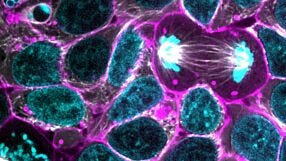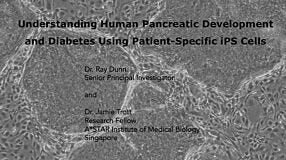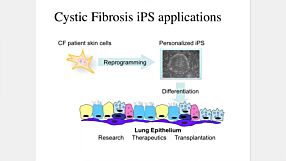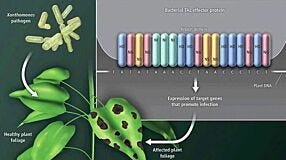Investigating Metabolic Disease with Human Pluripotent Stem Cells
The ability of human pluripotent stem cells (hPSCs) to differentiate into the many specialized cell types of the human body holds great promise for the study and treatment of human disease. Genome editing of hPSCs can allow for more accurate modeling of human diseases by introducing disease-specific mutations or correcting genetic aberrations in patient-derived induced pluripotent stem cell lines. Advances in genetic tools, such as clustered regularly interspaced short palindromic repeat (CRISPR) technology, have improved the ease and efficiency of genome editing in hPSCs.
View this webinar presentation by Dr. Chad Cowan, who discussed his research efforts to understand metabolic disease using the CRISPR/Cas system in human pluripotent stem cells to create genetic disease models.
View this webinar presentation by Dr. Chad Cowan, who discussed his research efforts to understand metabolic disease using the CRISPR/Cas system in human pluripotent stem cells to create genetic disease models.
Publish Date:
May 13, 2016
Request Pricing
Thank you for your interest in this product. Please provide us with your contact information and your local representative will contact you with a customized quote. Where appropriate, they can also assist you with a(n):
Estimated delivery time for your area
Product sample or exclusive offer
In-lab demonstration
By submitting this form, you are providing your consent to STEMCELL Technologies Canada Inc. and its subsidiaries and affiliates (“STEMCELL”) to collect and use your information, and send you newsletters and emails in accordance with our privacy policy. Please contact us with any questions that you may have. You can unsubscribe or change your email preferences at any time.








